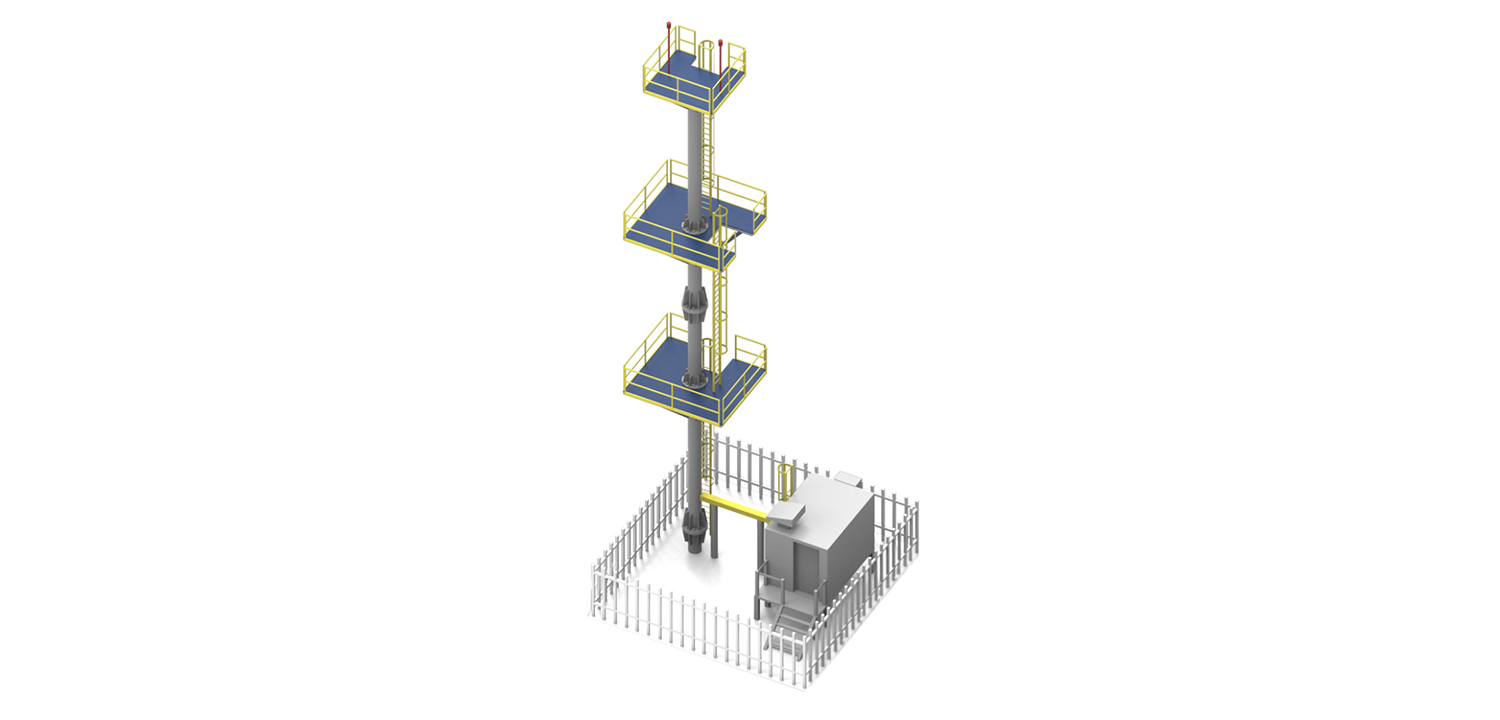Environmental Monitoring Station
PURPOSE:
The Environmental Monitoring Station (EMS) is an independent block structure designed for monitoring ambient air, air in the work area and at the border of the sanitary protection zone.
EMS standard specification consists of:
• sampling system;
• analytical equipment;
• the meteorological complex;
• devices for collecting, processing and storing information;
• heating / cooling systems;
• backup power supply systems;
• data transmission and reception systems;
• security and fire alarm system (SFAS).
By the way of siting, EMSs are divided into stationary and mobile (based on cars, trailers, sea transport).
The station for environmental monitoring of air can be used both independently and in a complex (group).
Description of standard EMS:
1. The sampling system – continuously performs air sampling and transporting the amount of air necessary for the analysis to the complex of analytical equipment. According to ISO 14000, air sampling is carried out at a height of 1.5 ... 3.5 m from the ground surface.
2. Complex of analytical equipment (analyzers, chromatographs, dustmeters, etc.). - designed to measure the "gas content" of air and the content of dust of different composition in the measured air, volatile organic compounds (VOC). The overall composition of the complex (list of substances to be determined) is determined on the basis of TS and / or data obtained after environmental audit.
3. Meteorological equipment (sensors for wind speed and direction, ambient temperature, relative humidity, barometric pressure) - conducts measurements of the environmental parameters at which the air is sampled and analyzed. According to ISO 14000, ambient temperature, barometric pressure and relative humidity sensors are installed near the sampling point of the air sample and at the same level. Measurement of wind speed and direction is carried out at an altitude of about 10 m from the ground surface.
4. The device for collecting, processing and storing information - provides continuous data acquisition from analytical and meteorological equipment, averaging over the required period of time, stores data for subsequent processing or transmission.
5. The heating-cooling system - ensures the maintenance of the optimal temperature for the operation of the devices regardless of the season.
6. The backup power supply system - as a rule, consists of an uninterruptible power supply and a generator (or a backup power line). The power of an uninterruptible power supply must be sufficient to maintain the entire system in operation for a certain period of time (determined by the Customer).
7. The system of reception and transmission of information - its use is determined on the basis of TS and / or at the request of the Customer. Provides the transfer of information from the EMS to the central monitoring post or dispatching post.
8. Security and fire alarm system - is established based on the TS and / or the wishes of the Customer.
Our projects
Useful
Reviews
Head count
-
Как Вам наш сайт ENGLISH?
Нравиться 0 (%) Не нравиться 0 (%) Воздержусь 0 (%)

